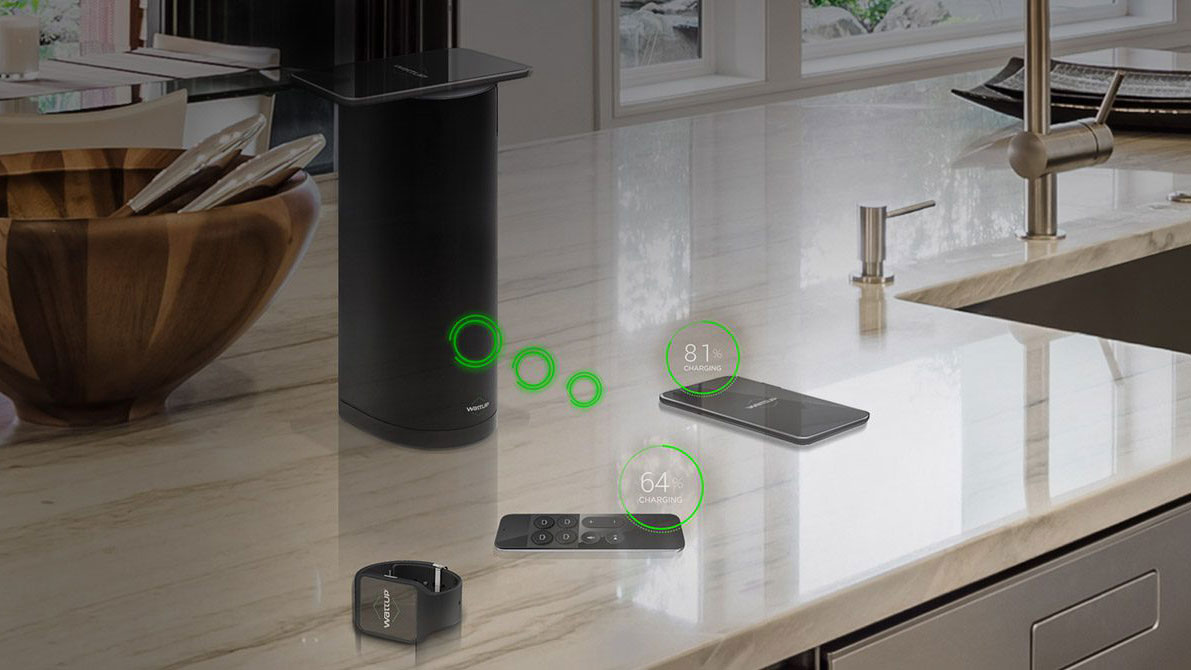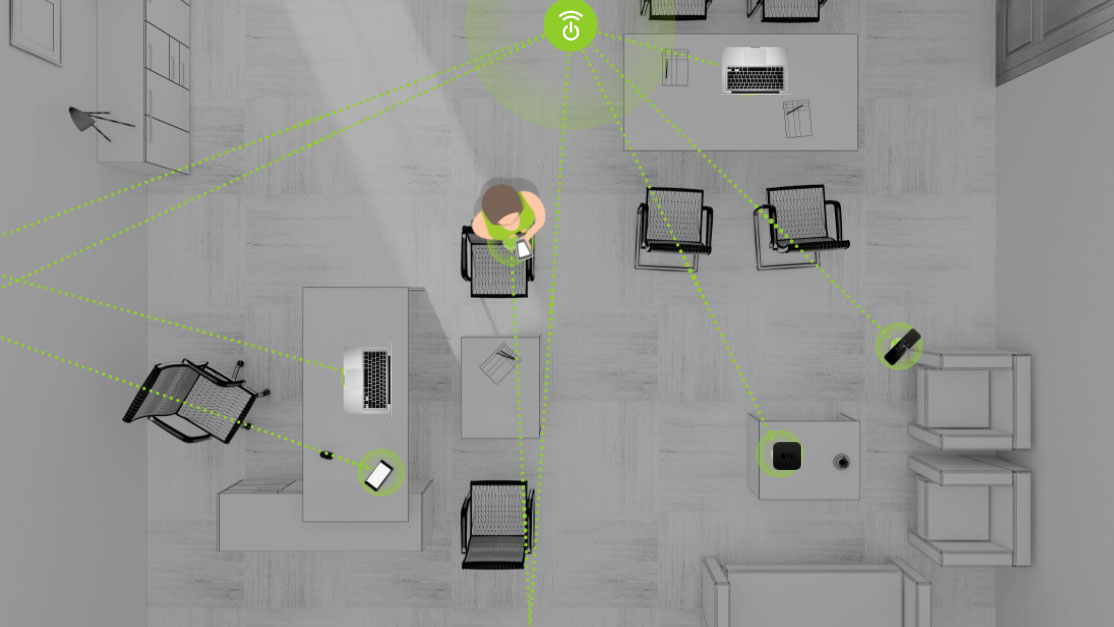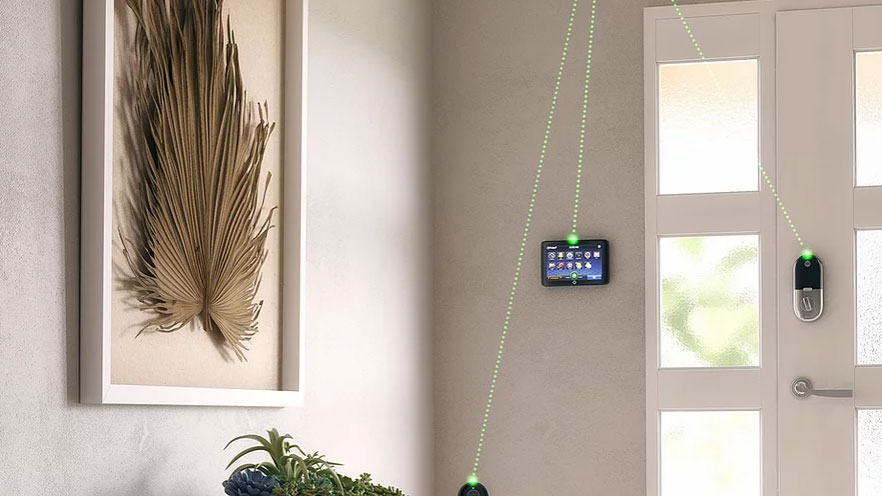Wireless charging on smartphones: what could the next 10 years bring?

It seems like just yesterday when the Nokia Lumia 920 blew our collective minds when it became the first smartphone to offer built-in wireless charging. Sure, it took an age to actually charge, but it was, in our minds, the beginning of the glorious cable-free revolution.
Shackled by the confines of wires no longer, the human race would live out Nikola Tesla’s vision, propelling itself towards a new age of peace, prosperity, and technological innovation.
While things haven’t progressed quite as far as our younger selves may have hoped, things have still come on a heck of a long way. Today, we have handsets like the Xiaomi Mi 11 Ultra which is capable of 67W wireless charging.
That is, quite frankly, rather ridiculous, and showcases how far we’ve come in just a few years. Able to charge up from the brink of death to 100 percent in just under 40 minutes, it charges faster than most phones could manage with even a cable.
Fancy outliers aside, wireless charging has become more widespread. People are stealthily including wireless charging pads into furniture like tables and lamps, both at home and in coffee shops. Cars have them built in too, and you can even use some phones to wirelessly charge other phones or devices like earbuds, simply by placing them on the back of the handset.
So where do we go from here? Have we reached the pinnacle of convenient wireless charging? Not quite.
Go big or go home
The most immediate improvement we can expect to see over the next few years takes existing wireless charging tech and beefs it up in a few key ways. Before we dive in though, here’s a quick rundown of how your current phone is able to wirelessly charge.
If you take a copper coil and pass electricity through it, it creates an electromagnetic field. Wireless charging pads and phones have these coils built into them. When both coils are placed next to each other (for example, when you pop your phone on a charging pad), these electromagnetic waves interfere with each other, and the larger field from the charging pad coil provides energy to the smaller one in your phone, charging up its battery.
The problem with this, which you’ll have noticed if you use wireless charging, is that the coils have to not only be in incredibly close proximity, but also the placement has to be just right. If your phone isn’t placed in exactly the right spot, it wont charge, and you could wake up to discover that your phone died overnight. That isn't ideal.
US-based company Aira is looking to drastically improve things by creating a wireless charging solution that uses multiple coils across a larger area, which can intelligently detect the position of devices placed upon it. The end result is a charging pad that charges multiple devices without you having to worry about careful placement — simply pop your phone and headphones on any which way you fancy, and you’re golden.
It’s fairly slow at either 5-7.5 watts, but it’s an ideal choice for overnight or desk charging. Even better, the solution can be scaled up to be built into furniture, cars, and anywhere else you’d want convenient charging. Theoretically, an entire desk could become one giant wirelessly charging pad, charging everything from desk lamps and laptops, to phones and headphones, without a single solitary cable to be seen.
Turn up the radio
While one route is to advance existing wireless charging tech, there’s another alternative which goes down a different route altogether, eliminating the need for your phone to be physically placed on something opening up a truly wireless charging world. Welcome to the land of radiofrequency or RF wireless charging.
RF radiation is at the lower end of the electromagnetic spectrum. A form of non-ionizing radiation, RF has lower energy than some other types of non-ionizing radiation, like visible light and infrared.
A device with an antenna capable of picking up these low level radiofrequency waves can convert them to DC voltage, powering the device itself. In essence, you could imagine RF wireless charging like a Wi-Fi hotspot, beaming out energy across an entire room and wirelessly juicing up everything with a compatible receiver in its path. There are, however, a few problems.
For starters, thanks to something called the inverse square law, the further you are from the RF transmitter, the less power is available, and it drops off rather heavily. This means that if you're double the distance away from the receiver, you’ll be exposed to around four times less power. When it comes to smartphones then, this solution looks a little lackluster, as the trickle charging time as things stand will simply be too slow.
One solution to this power drop-off is to simply crank up the power of the transmitter, but that brings a pretty major downside — namely the fact that higher levels of RF radiation can be absorbed by your body, warming you up like a microwave ready meal. Clearly, this is not ideal.

There are a few companies though, which are working on various solutions, including Energous and Powercast. Both companies are working on solutions that use RF waves to wirelessly charge items, with the latter even offering a product that can wirelessly charge Nintendo Switch Joy-con controllers (albeit at a very close distance of a few inches from the receiver and very slowly).
Energous’ WattUp solution envisions a future in which transmitters are built into larger objects like desktop monitors, which can then charge objects like smartphones up to three feet away. Both companies appear to be making progress, but the limitations right now mean only smaller devices are likely to work with the solution in the immediate future.

If you’re after full-room RF charging without getting fried, then a company called Ossia is working on a solution which could be the answer. To overcome the dangers of sending out more RF power for increased charging times, its specially designed transmitter can beam power to devices spread across a room by bouncing it around walls and objects, while automatically avoiding people. Any time its line of sight is broken by a person, that particular signal is cut, but devices can still be charged thanks to the signal’s ability to find other paths in the room.
If all of this RF wireless charging malarkey sounds a little underwhelming and far fetched, it’s because it currently is. As things stand, with the technology currently available, RF charging solutions need further development before we can even start thinking about any widespread adoption.
Within the next few years we could potentially see less demanding devices like keyboards and mice rely solely on power from a desktop RF transmitter, but anything more robust than that is likely to be quite some time away yet. Either way, not having to worry about charging up peripherals is at least a step in the right direction.
Infrared saves the day
If you’re a little disappointed imagining a future with no truly wireless room charging, don’t cry just yet. Israeli company Wi-Charge has a completely different solution that looks very promising, given that it can already power large items such as speakers from across a room. Yes, really.

The secret sauce behind its tech is wireless power transfer using focused infrared beams. A larger transmitter can be placed in a room (one prototype is built into a ceiling light), which can easily be hooked up to your main power. Once on, it can automatically detect and accurately beam out focused infrared beams to receivers that are anywhere in the room.
The receivers, which can be attached (and one day, built in) to devices such as lamps, smartphones, speakers and more, feature a mini photo-voltaic cell which can convert the transmitted infrared beams into electrical power. Multiple devices can be charged at the same time, and the system can deliver several watts of power up to quite a few metres away, which is very impressive, to say the least.
If that wasn’t enough, it’s far safer than RF wireless solutions too. Wi-Charge uses a class 1 infrared laser which is safe under all conditions of normal use, posing no health risks. There’s also the added security provided by the fact that any infrared beams are automatically stopped if it detects an obstruction between the device being charged and the transmitter.
This leads us on rather neatly to the main downside. The infrared charging solution relies on line of sight, which means your phone can’t be charged if it’s in, for example, your pocket. Despite this though, this is the closest and most sophisticated wireless charging solution we’ve seen so far, and it’s certainly within the realms of possibility that we could see a lot more infrared charging tech in the near future.
In the meantime, we could of course see battery innovation (hopefully not literally) explode , which could include anything from the mythical graphene batteries to supercapacitors which fully charge in mere seconds. That, though, involves jumping into the depths of a completely different speculative rabbit hole all together...
from TechRadar - All the latest technology news https://ift.tt/3gezUYV

Post a Comment